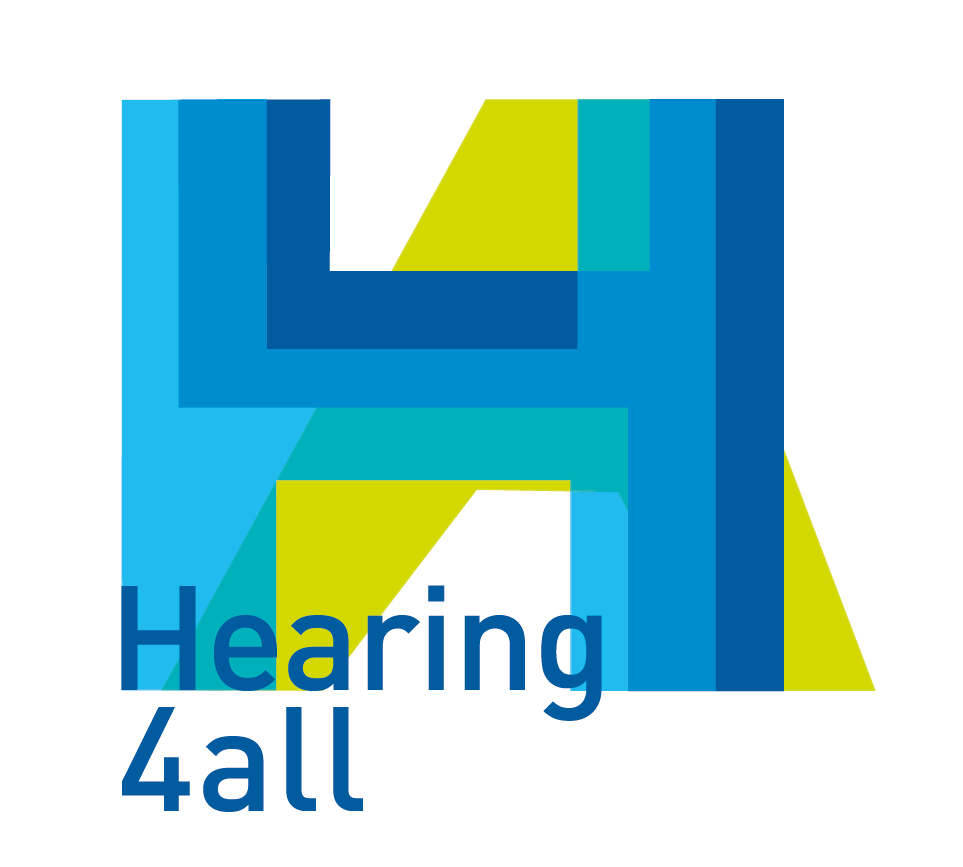Towards individual aided performance predictions for the Matrix Sentence Test
With world-wide increasing life expectancy and aging societies, (age-related) hearing disorders, their impact on interpersonal communication, and possible treatments are becoming a concern to many citizens. Consequently, there is an increasing demand for high-performance hearing algorithms that measurably improve the everyday communication experience of their users. The development of hearing aid algorithms and their individual fitting still strongly depend on costly empirical data from speech recognition tests, mainly due to the lack of suitable and accurate models of the speech perception of listeners with impaired hearing. In this context, a universal model of human speech recognition that a) accounts for the most relevant individual factors of (impaired) hearing and their interaction with signal processing algorithms, b) is able to predict the outcome of speech intelligibility measures in sufficiently realistic environments, and c) does so without the need of any empirical data or knowledge that is not available to human listeners, is highly desirable. Unfortunately, such a model does not exist.
However, towards this goal, the simulation framework for auditory discrimination experiments (FADE) was proposed, which accurately predicted the outcome of the matrix sentence test in different languages in stationary and fluctuating noise conditions, and basic psycho-acoustic experiments for listeners with normal hearing. Because FADE simulates the whole speech recognition process, using an automatic speech recognition system, it does require neither empirical data nor knowledge that is not available to human listeners to predict the outcome of the matrix sentence test. Accepting the matrix sentence test in fluctuating noise conditions as sufficiently realistic, the remaining missing property of FADE is the adequate integration of signal processing deficiencies that are related to hearing impairment in order to correctly model their interaction with different signal pre-processing algorithms.
In this contribution the recent progress in extending FADE with signal processing deficiencies to model impaired hearing as well as the evaluation of predictions for individual benefits in SRT for listeners with impaired hearing using a range of binaural pre-processing algorithms, will be presented. While the benefit for the group of normal hearing listeners and the group of hearing impaired listeners can be predicted, the results indicate, that the audiogram is not sufficient to explain the individual speech recognition abilities of listeners with impaired hearing.
Warning: Use of undefined constant s - assumed 's' (this will throw an Error in a future version of PHP) in /home/spinnluxnr/www/2017/pages/programme.php on line 208


